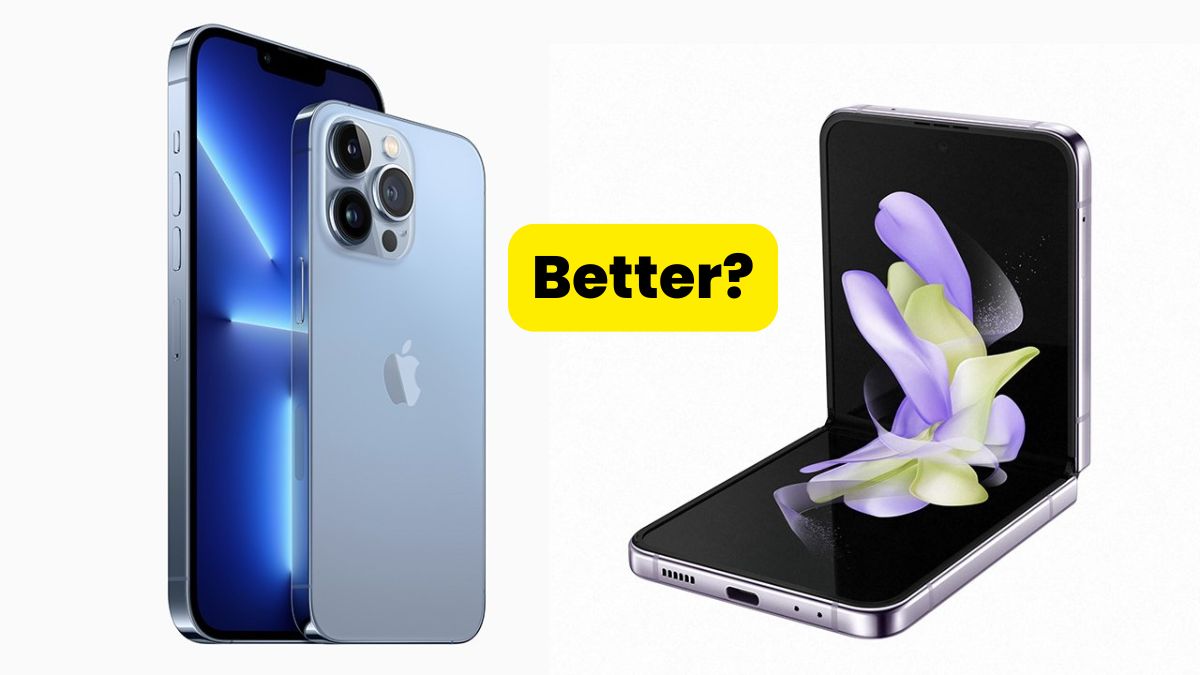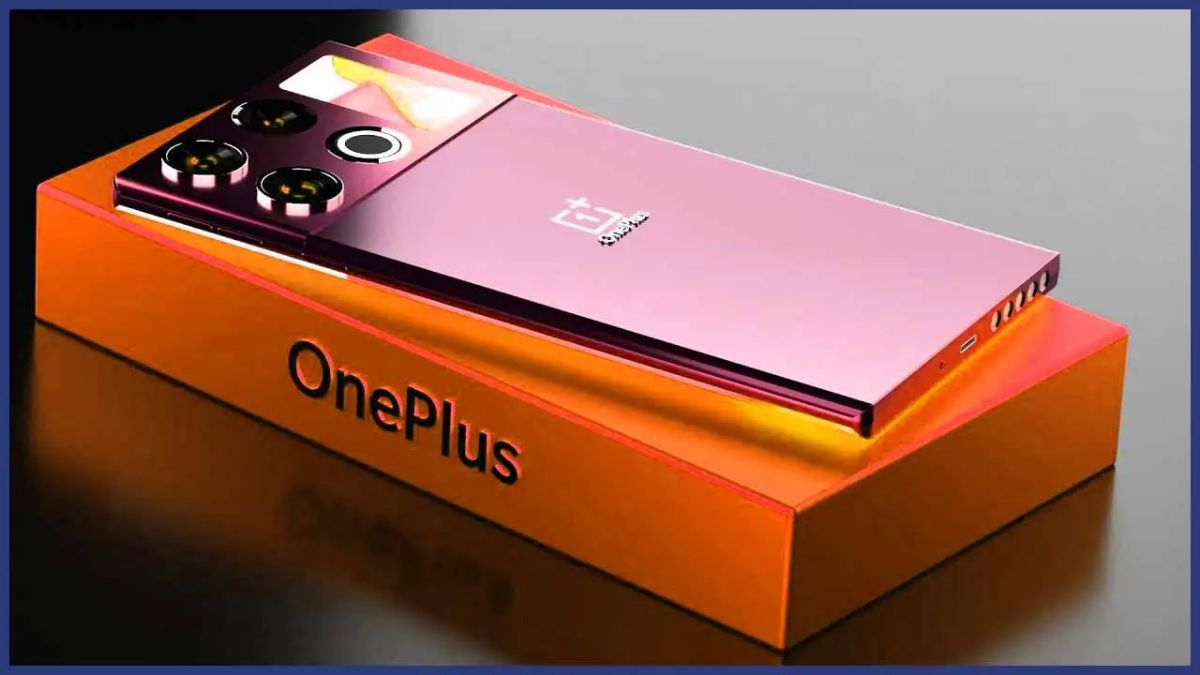In recent years, the smartphone landscape has experienced a groundbreaking transformation, thanks to the rise of foldable devices, particularly flip phones. These cutting-edge gadgets represent a dramatic shift from traditional smartphone designs, challenging even industry giants like Apple and its renowned iPhone series.

Combining advanced technology with sleek, flexible displays, foldable flip phones are quickly emerging as the next wave of ultra-premium smartphones, delivering a user experience that’s both innovative and practical.
Yamaha RX100 Relaunch: A Perfect Blend of Nostalgia and Innovation
The Rise of Foldable Phones: From Vision to Reality
What once seemed like science fiction has now become a tangible reality. Companies like Samsung, Motorola, and Infinix have poured substantial resources into foldable technology, resulting in phones that redefine modern functionality.
These devices not only meet contemporary smartphone standards but also offer features that surpass those of traditional designs. Breakthroughs in screen technology, hinge mechanics, and durability have paved the way for foldable smartphones to become mainstream.
Revolutionary Design and Enhanced Portability
One of the most noticeable advantages of flip phones is their groundbreaking design. Unlike standard smartphones, including Apple’s iPhone lineup, these phones can fold in half, making them significantly more compact. This portability is a game-changer, especially when compared to larger models like the iPhone Pro Max, which can feel bulky to carry. Flip phones strike a perfect balance between screen size and convenience.
When unfolded, they provide a display comparable to traditional smartphones, but when folded, they slip effortlessly into your pocket. This innovation addresses a long-standing user pain point and is particularly appealing as smartphones continue to grow in size.
Dual Displays for Maximum Efficiency
Modern flip phones are equipped with dual screens that take user convenience to the next level. The main internal display offers the full smartphone experience, while the external display acts as a quick-access panel for essential functions.
Over time, these cover screens have evolved into fully functional interfaces, allowing users to check notifications, control media, capture selfies with the primary camera, and even manage settings—all without unfolding the device. This dual-display setup adds a layer of versatility that traditional smartphones simply cannot match.
Revolutionizing Smartphone Photography
The unique form factor of flip phones unlocks exciting possibilities in photography. Unlike conventional smartphones, which often have a significant quality gap between their front and rear cameras, flip phones use their superior rear cameras for all shots. The external display doubles as a viewfinder, enabling users to take stunning selfies or record videos with professional-grade clarity.
This design also supports hands-free photography, unique shooting angles, and enhanced stability for creative photo and video projects, redefining what’s possible with mobile cameras.
Optimized Software for Seamless Functionality
To complement their innovative hardware, flip phones come with specially designed software that maximizes their capabilities. These interfaces ensure a smooth transition between displays, optimize applications for dual-screen usage, and introduce intuitive gestures for easy navigation.
From efficient multitasking to enhanced user interaction, this synergy between hardware and software transforms flip phones into practical, everyday devices that rival traditional smartphones.
The Market Impact and Future of Flip Phones
The growing popularity of flip phones is reshaping the premium smartphone market, sparking new trends in design and creating fresh competition for traditional players like Apple.
Although foldable devices typically come with a higher price tag, their unique features and distinctive appeal are attracting consumers eager for something new. Their success highlights a strong demand for alternative smartphone designs, motivating manufacturers to further innovate and refine this technology.
Conclusion: Flip Phones as the Future of Smartphones
Flip phones represent a bold step forward in smartphone design, offering portability, versatility, and innovative functionality that challenge the dominance of traditional devices like the iPhone. While Apple continues to lead in ecosystem integration and performance metrics, the advantages of foldable technology are impossible to ignore.
As these devices continue to evolve, they’re poised to carve out a significant role in the future of mobile tech, giving users a compelling alternative to conventional smartphones.
Whether you’re drawn to their compact form, dual-display innovation, or cutting-edge photography capabilities, flip phones are redefining the possibilities of mobile technology—proving that sometimes, the old-school approach can be the best choice for the modern user.
OnePlus 12 5G: A Game-Changer in the Premium Smartphone Market

